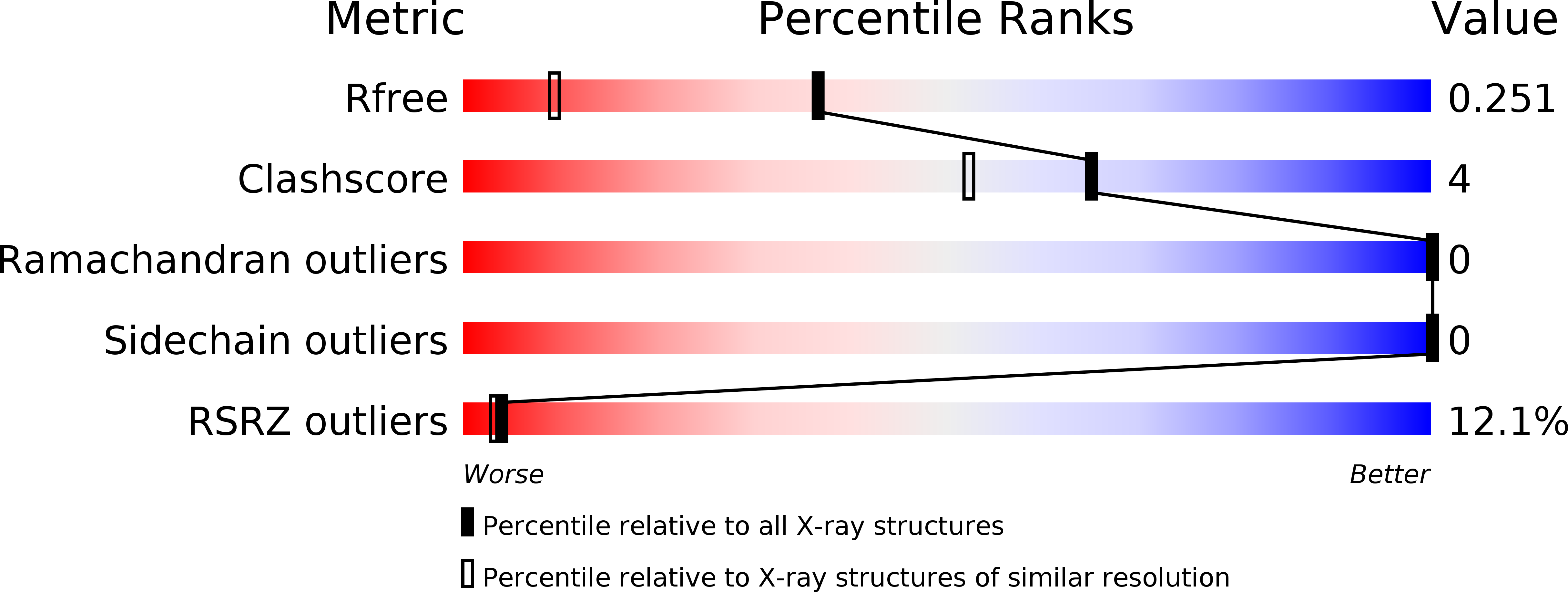
Deposition Date
2018-04-13
Release Date
2019-04-17
Last Version Date
2024-10-30
Entry Detail
PDB ID:
5ZOH
Keywords:
Title:
Crystal structure of a far-red light-absorbing form of AnPixJg2_BV4 in complex with biliverdin
Biological Source:
Source Organism:
Nostoc sp. (Taxon ID: 103690)
Host Organism:
Method Details:
Experimental Method:
Resolution:
1.60 Å
R-Value Free:
0.24
R-Value Work:
0.20
R-Value Observed:
0.20
Space Group:
C 1 2 1


